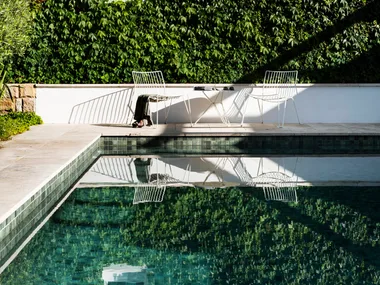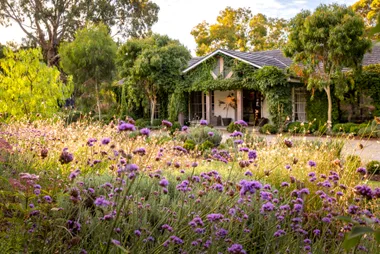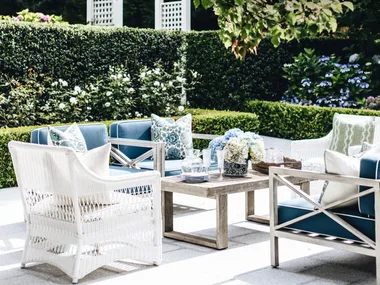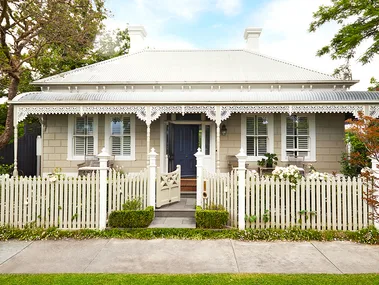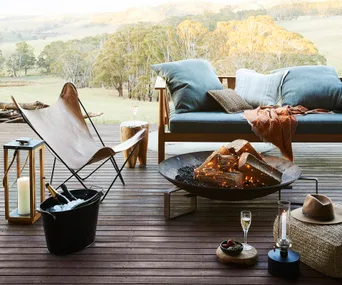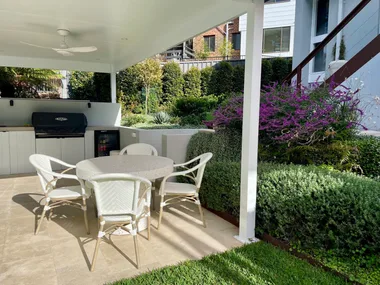The ZZ plant (Zamioculcas zamiifolia) has a reputation for being hard to kill and we’re all for it. Also known as the Zanzibar plant, you’ll recognise this hardy specimen from its glossy green leaves radiating from tall spikes that cluster in minimalist form and grow 45 to 60cm in height. Often seen in offices and shopping centres, the ZZ plan is a low-maintenance indoor plant – so the perfect entry-level variety for new plant parents – even with weeks of neglect the fleshy leaves will look stylish in your living room, bathroom, kitchen or entry hall.
Native to eastern Africa, these tropical indoor plants are also known as Zuzu plants and emerald palms. The root system of a ZZ plant is what makes them so indestructible. Technically succulent rhizomes, they absorb and store water to sustain the plant during prolonged periods of dryness.
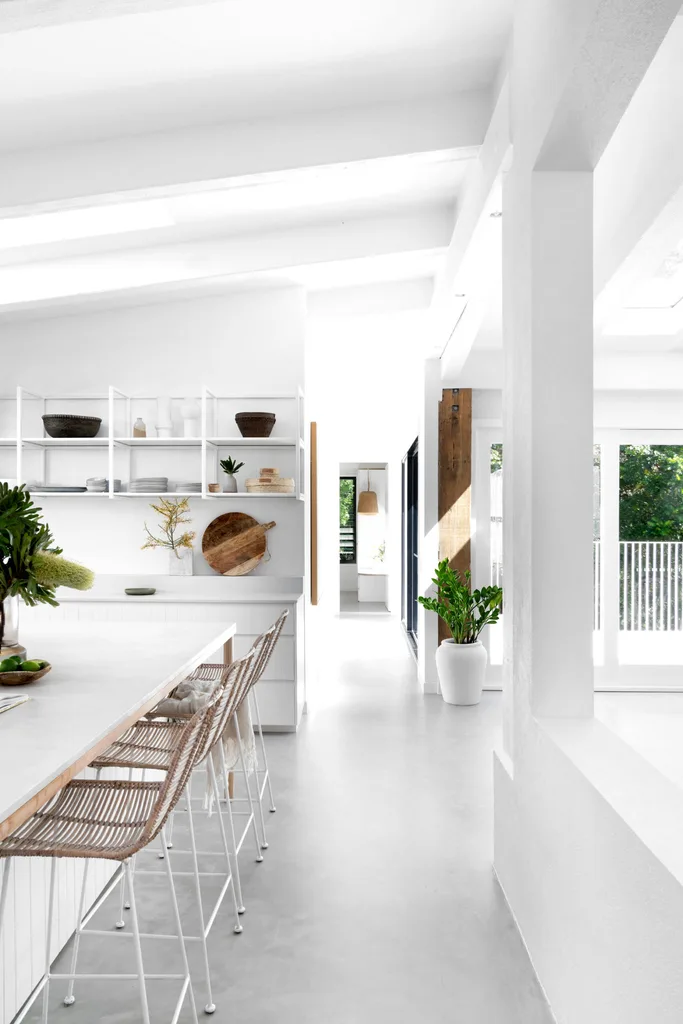
A potted ZZ plant placed by the balcony door in this open-plan kitchen connects the indoors to the hinterland greenery beyond. (Photography: Louise Roche / Styling: Kylie Jackes)
(Credit: Photography: Louise Roche / Styling: Kylie Jackes)How often to water a ZZ plant
The biggest problems arise if you overwater your Zanzibar plant. We mean it when we say it thrives on neglect. The rhizome at the base acts as a water reserve, so let the soil dry out in between waterings – even up to two or three months without watering so a great plant to have if you do a lot of travelling.
Signs you might be overwatering your ZZ plant include yellow leaves, falling leaves or a brown stem. If you notice any of these signs, prune back the damaged foliage and stems and allow the soil to dry out completely before watering again.
How fast does a Zanzibar gem grow?
Perhaps the only downside is that the Zanzibar plant is a very slow-growing plant, so what you see is what you get… pretty much forever. If you’re happy to look after it and keen to see your indoor plants grow and flourish, this may not be a rewarding variety to watch such progress. If you’re after a sizeable plant and love the look of it, you’ll have to invest in a large Zamioculcas Zamiifolia plant from the get-go.
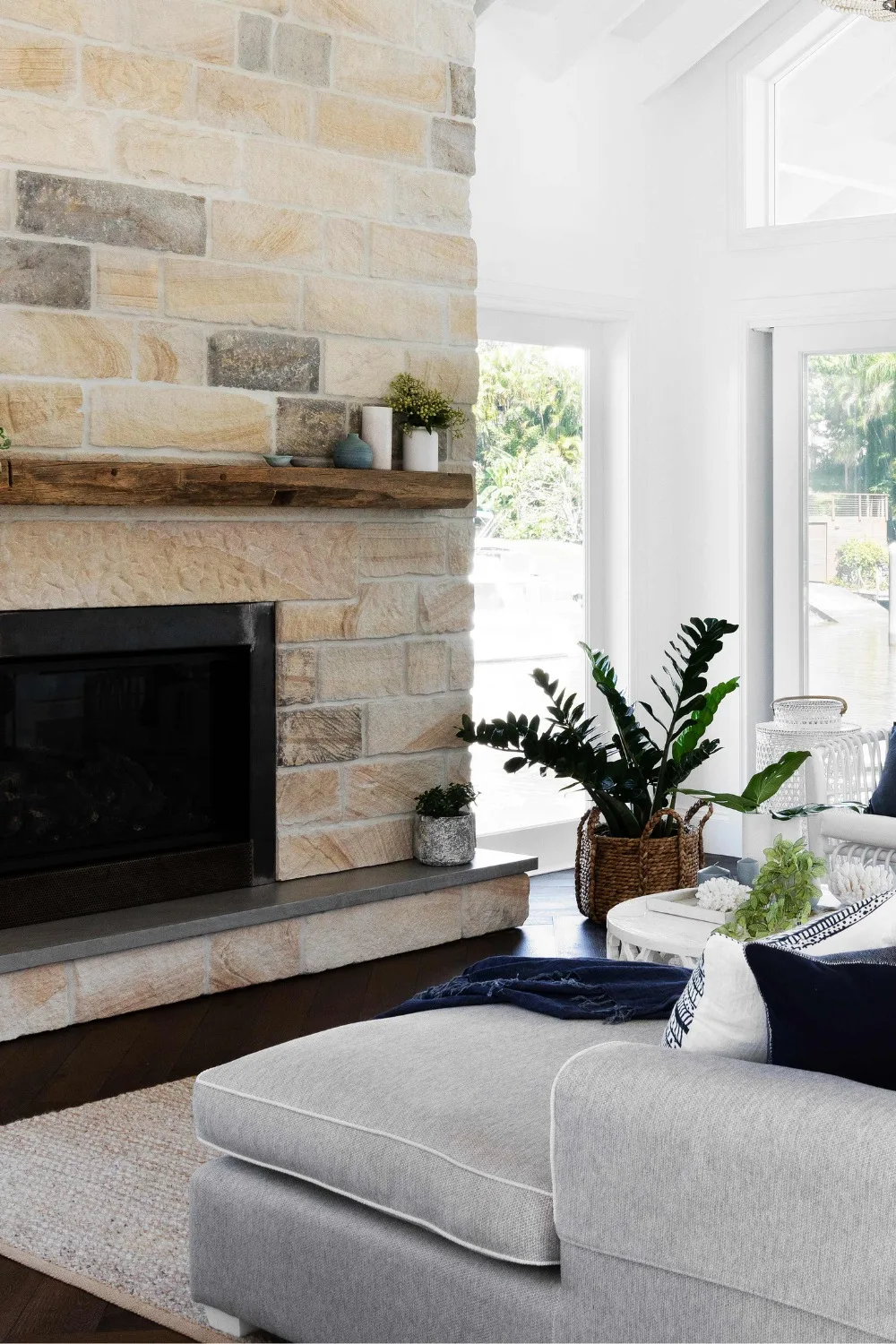
How to care for your ZZ plant
If you’re in for the long haul and looking for growth, follow a general indoor plant care routine with a little extra water in the warmer months, together with an occasional slow-release fertiliser should reap gentle rewards. Place your Zanzibar gem in indirect light for best results – too much light will yellow the leaves so keep it out of the sun, making it the perfect plant for bathrooms and home offices.
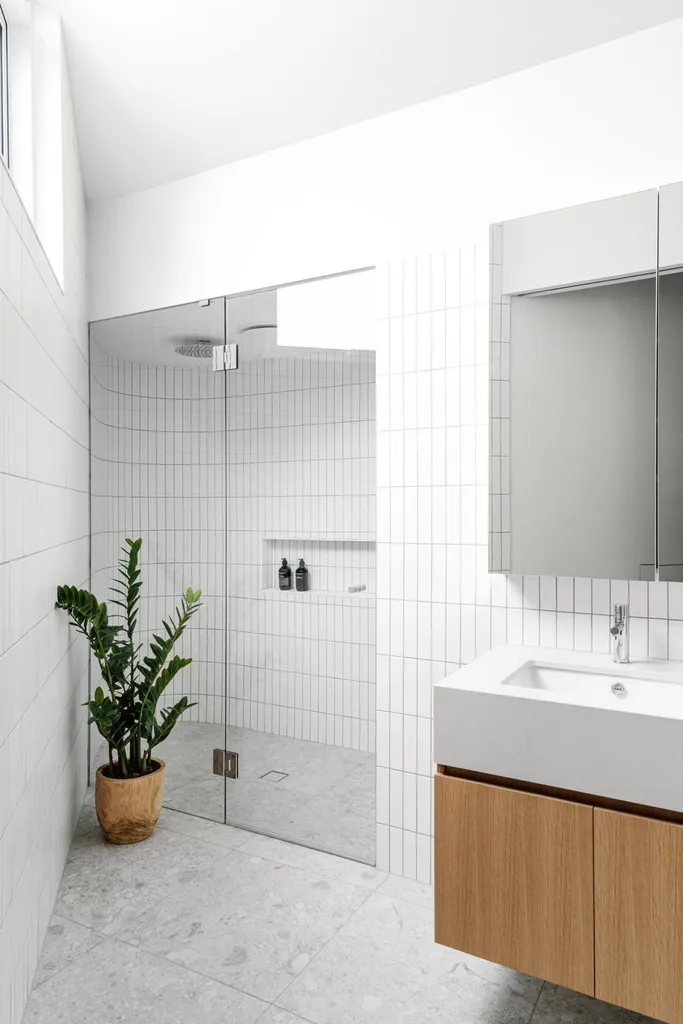
Are Zanzibar gems toxic?
Yes. All parts of Zamioculcas zamiifolia are toxic – from the leaves to the stem. They can cause immediate swelling of the lips, mouth, tongue and throat so a ZZ plant is unsuitable for a household where your pets (or kids!) are prone to snacking on your indoor green friends.
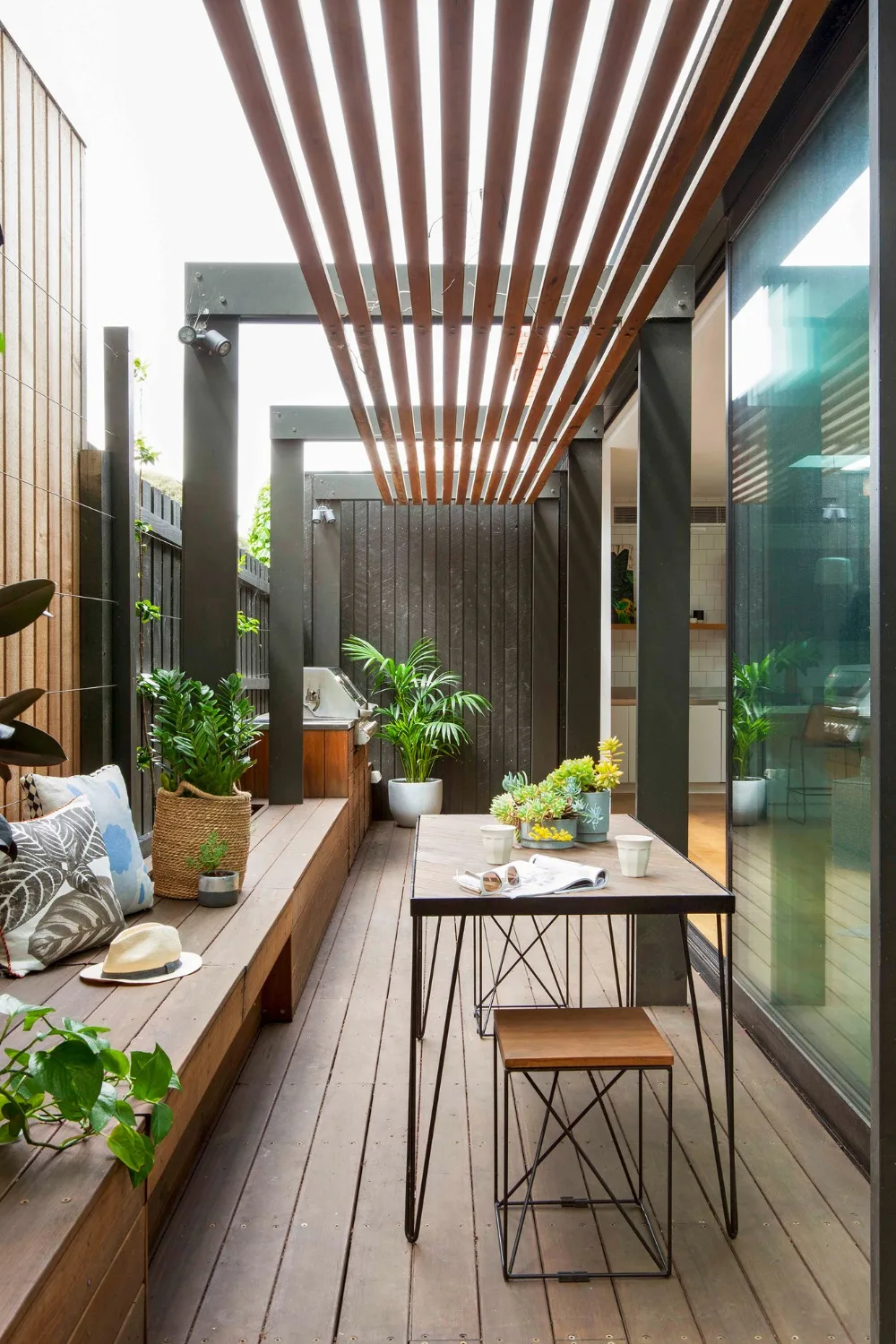
How to propagate Zanzibar gems
You can propagate baby ZZ plants from the leaves of your mature plant – simply pull off a leaf, allow it to dry for a day or so, and then pop it straight into fresh compost or propagating mix.

